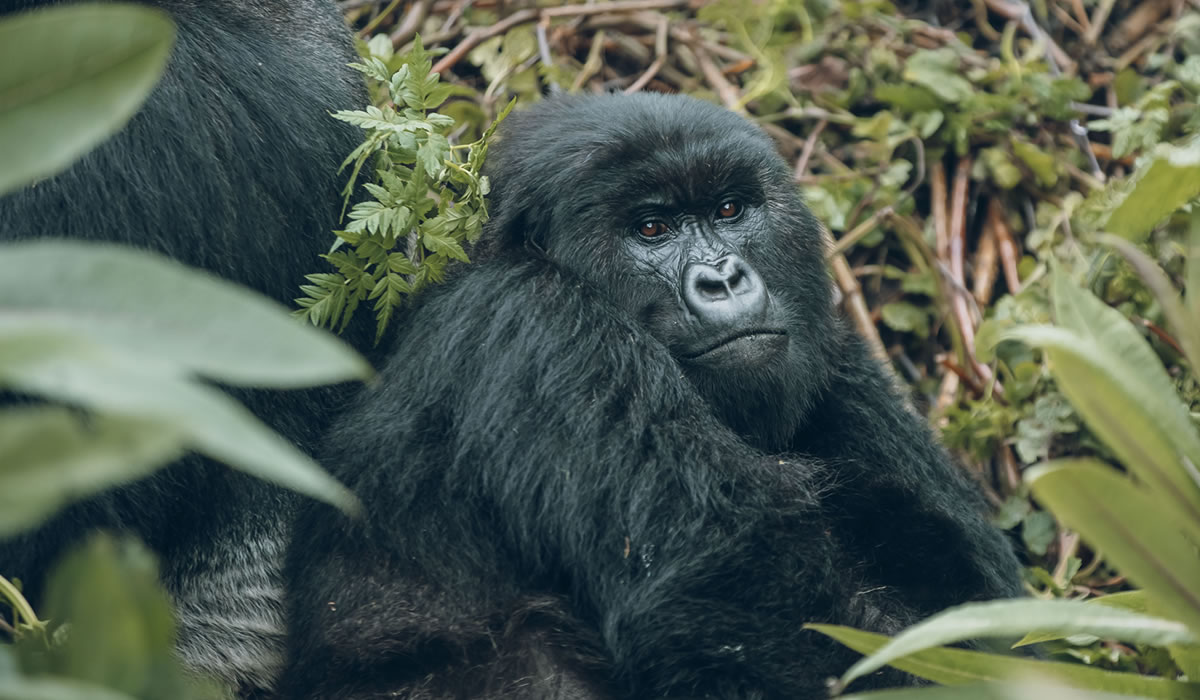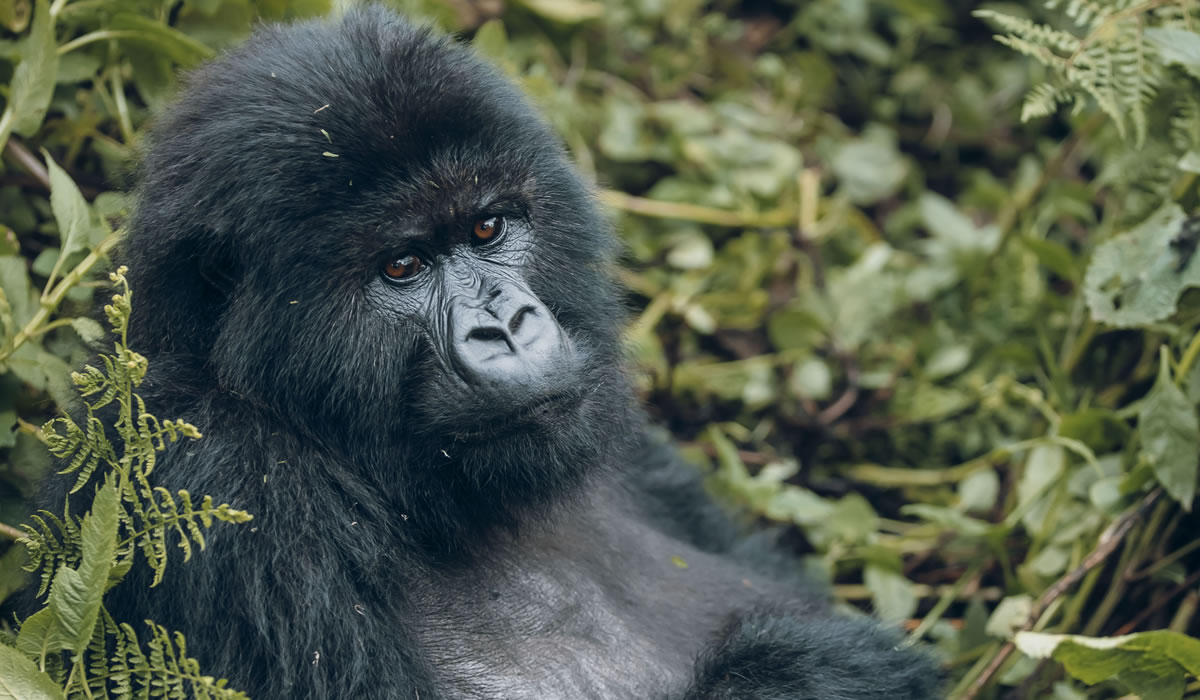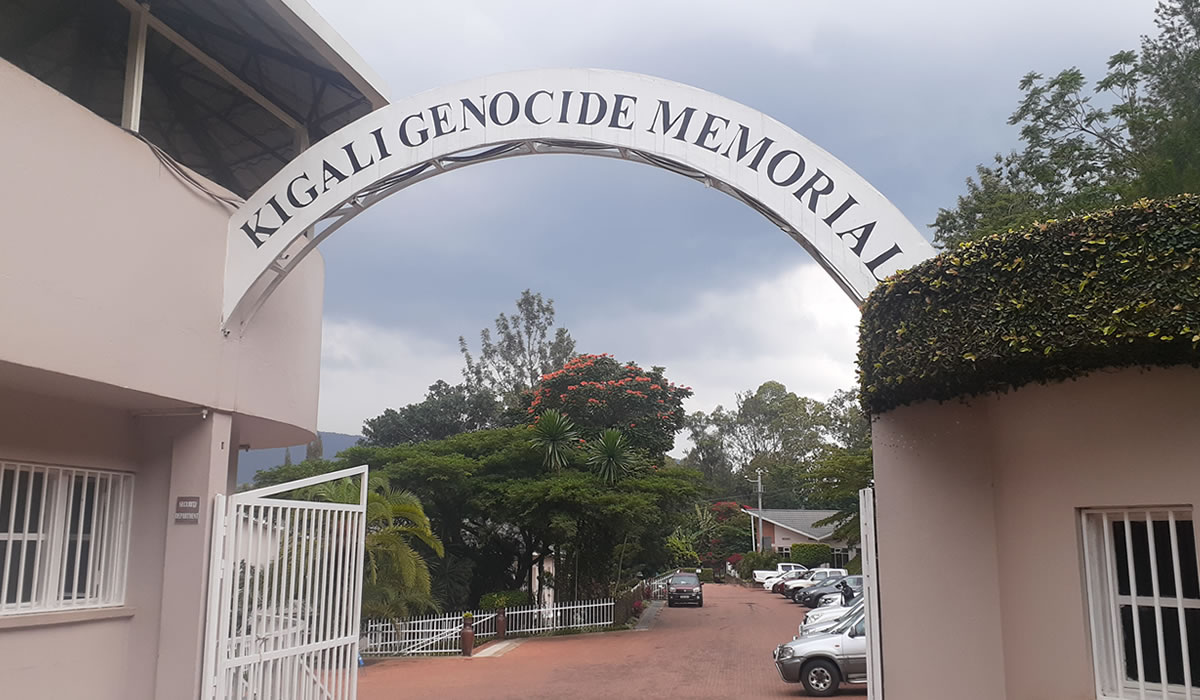Gorilla trekking in Rwanda is one of the most extraordinary wildlife experiences on Earth. Nestled…
Gorilla Trekking Experience in Rwanda
Rwanda is renowned for its lush landscapes, vibrant culture, and unique wildlife. Among its most iconic experiences is gorilla trekking in Volcanoes National Park, a once-in-a-lifetime adventure that draws travelers from around the world. Observing endangered mountain gorillas in their natural habitat is not just a wildlife encounter; it is an immersive experience that connects visitors to nature, conservation, and the rich history of Rwanda. This guide explores everything you need to know for a successful gorilla trekking experience, including the best times to visit, permits, accommodations, and tips to make the most of your journey.
Gorilla trekking in Rwanda is a privilege few get to experience, and it is carefully regulated to ensure both the safety of visitors and the conservation of gorilla populations. Mountain gorillas are critically endangered, with only around 1,200 individuals remaining in the wild. Rwanda, along with Uganda and the Democratic Republic of Congo, provides one of the last opportunities to see these magnificent creatures up close. Unlike traditional safaris, gorilla trekking offers an intimate and emotional encounter, allowing visitors to witness gorillas interacting in family groups, caring for their young, and moving gracefully through dense forests. The experience often leaves travelers with memories that last a lifetime.
The best time to go gorilla trekking in Rwanda is during the country’s dry seasons, which occur from June to September and December to February. These periods provide the best trail conditions, making it easier to navigate the steep, sometimes muddy paths that lead to gorilla habitats. The rainy seasons, from March to May and October to November, bring lush greenery and fewer crowds but can make trekking more challenging due to slippery trails. Planning your visit during the dry season also increases the likelihood of clear sightings and comfortable hiking conditions.
Volcanoes National Park, located in northwest Rwanda, is the epicenter of gorilla trekking in the country. The park is a stunning landscape of volcanic peaks, bamboo forests, and rich biodiversity. It is home to about one-third of the world’s mountain gorilla population, making it a key destination for conservation and wildlife tourism. Visitors typically begin their trek early in the morning after a briefing at the park headquarters. Guided by experienced trackers and rangers, trekkers navigate through forest trails, sometimes for several hours, in search of a gorilla family. The exact duration of a trek can vary depending on the location of the gorillas on that day, but the reward of observing these magnificent creatures in the wild is well worth the effort.
Once the gorilla family is located, visitors are allowed to spend up to one hour with the animals. During this time, you can watch the gorillas groom each other, play with their young, and move through the forest with remarkable grace. Photography is allowed, but flash and loud noises are prohibited to ensure the gorillas remain undisturbed. Guides provide insight into gorilla behavior, social structures, and the ongoing conservation efforts that help protect these incredible primates. This intimate interaction, combined with the breathtaking backdrop of the Virunga volcanoes, creates an unforgettable wildlife experience.
Securing a gorilla trekking permit is essential, as it is a requirement for all visitors. Permits are limited, with only eight permits available per gorilla family per day, and they cost approximately $1,500 each. The fees contribute directly to conservation efforts and community projects in the areas surrounding Volcanoes National Park. It is advisable to book permits well in advance, typically three to six months before your planned visit, especially during peak tourist seasons. Permits can be obtained through the Rwanda Development Board or reputable tour operators who specialize in gorilla trekking packages.
Preparing for gorilla trekking requires both physical readiness and the right gear. While the trek is suitable for most reasonably fit travelers, the terrain can be challenging, with steep inclines, muddy trails, and dense vegetation. Comfortable, lightweight clothing that covers the arms and legs is recommended to protect against insects and thorny plants. Sturdy, waterproof hiking boots are essential, along with gloves, a rain jacket, and a walking stick, often provided by the park. Visitors should also carry water, snacks, and a camera for capturing the once-in-a-lifetime moments of their trek.
Rwanda’s Gorilla trekking experience extends beyond the gorillas themselves. Volcanoes National Park offers other attractions that enhance the adventure. Visitors can go on golden monkey treks, explore the scenic Virunga volcanoes through guided hikes, and visit local villages to engage with Rwandan culture and traditions. Cultural experiences often include learning about traditional farming practices, music, dance, and crafts, providing a holistic understanding of the region and its people. These activities, combined with gorilla trekking, create a well-rounded and enriching experience for travelers.
Accommodation near Volcanoes National Park ranges from luxury lodges to more modest options, catering to different budgets and preferences. Luxury lodges such as Bisate Lodge, Sabyinyo Silverback Lodge, and Virunga Lodge offer panoramic views of the volcanoes, intimate settings, and high-end amenities that complement the trekking experience. Mid-range lodges and guesthouses in nearby Musanze town provide convenient access to the park headquarters while offering comfortable stays at lower prices. Staying close to the park allows for early starts, which are essential for successful treks, and provides the opportunity to relax and enjoy the natural surroundings after a physically demanding day.
Beyond Volcanoes National Park, Rwanda offers additional wildlife and adventure opportunities. Nyungwe Forest National Park, one of Africa’s oldest rainforests, provides chimpanzee trekking, canopy walks, and birdwatching, while Akagera National Park in the east of the country offers a classic safari experience with lions, elephants, giraffes, hippos, and a variety of bird species. Lake Kivu, one of Africa’s Great Lakes, is perfect for relaxation, kayaking, and exploring picturesque lakeside towns. Many travelers combine gorilla trekking with visits to these destinations to create a full and varied Rwandan itinerary.
Safety and responsible tourism are integral to the gorilla trekking experience. Visitors must maintain a safe distance from the gorillas, typically seven meters, to protect both themselves and the animals. Trekking while unwell is discouraged, as gorillas are susceptible to human diseases. Following guides’ instructions, respecting park rules, and minimizing environmental impact are crucial for ensuring the sustainability of these tours. Rwanda has earned a reputation as one of Africa’s safest countries for tourists, with low crime rates and well-managed infrastructure, adding peace of mind for travelers.
Gorilla trekking in Rwanda is also an investment in conservation and community development. The fees from permits fund anti-poaching efforts, ranger training, habitat preservation, and community projects that benefit local populations. By choosing eco-friendly lodges, supporting local businesses, and adhering to park regulations, visitors contribute to the long-term protection of mountain gorillas and the preservation of Rwanda’s unique ecosystems.
A typical gorilla trekking itinerary may include an initial day in Kigali to explore the capital city, followed by travel to Volcanoes National Park for the trekking experience. Visitors often spend multiple days in the park to participate in gorilla treks, golden monkey treks, and cultural visits. Many itineraries also include extensions to Nyungwe Forest for chimpanzee trekking or to Akagera National Park for a safari adventure. Travelers frequently conclude their trips with a relaxing stay at Lake Kivu, enjoying its calm beaches and scenic beauty before departing from Kigali.
In conclusion, the gorilla trekking experience in Rwanda is a once-in-a-lifetime adventure that blends wildlife, nature, culture, and conservation. Volcanoes National Park offers a safe and immersive environment where visitors can observe endangered mountain gorillas in their natural habitat while contributing to their protection. With careful planning, proper gear, and a commitment to responsible tourism, travelers can enjoy an unforgettable journey in one of Africa’s most remarkable destinations. Whether you are a wildlife enthusiast, adventure seeker, or nature lover, gorilla trekking in Rwanda promises memories that will last a lifetime.




